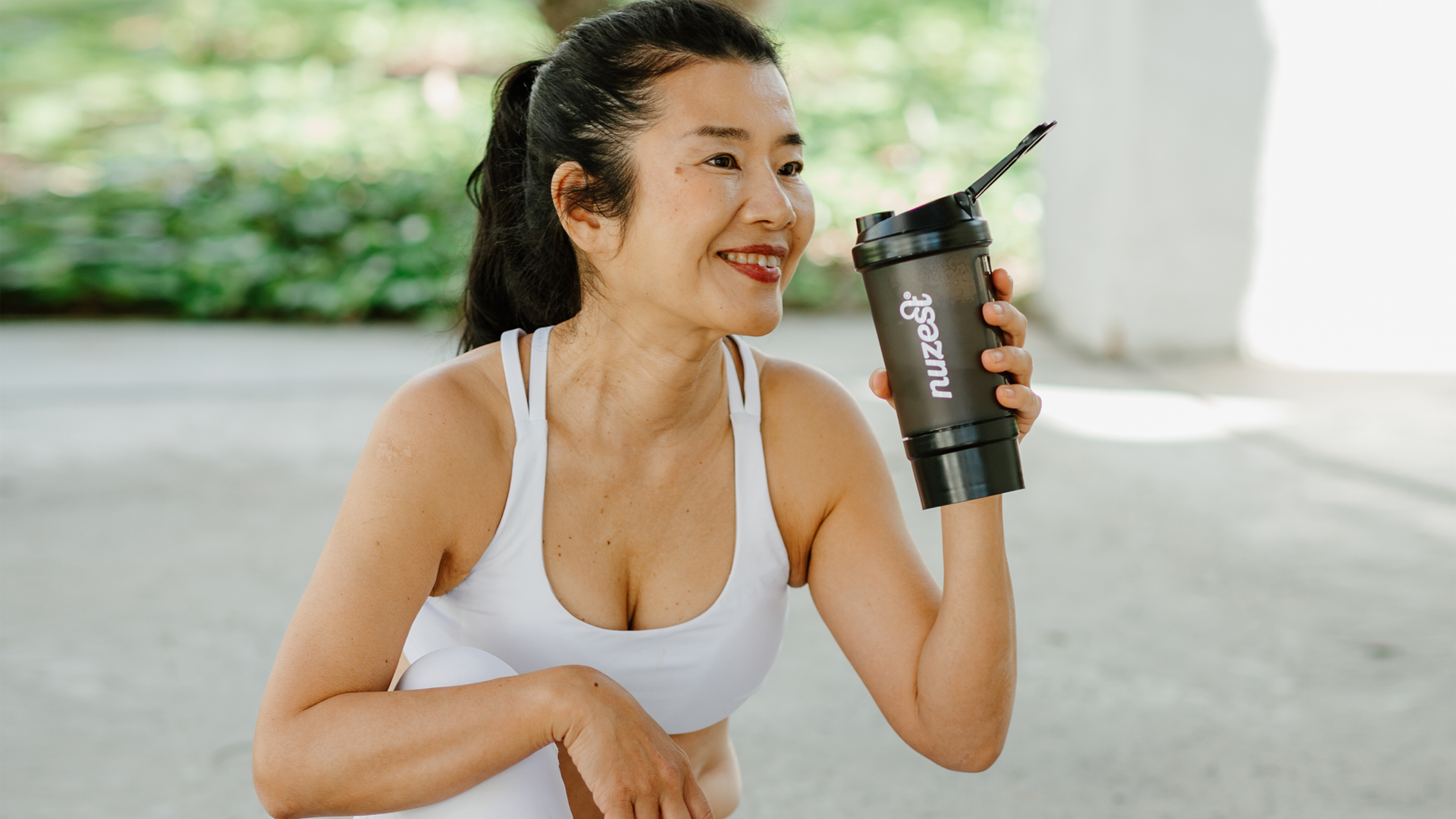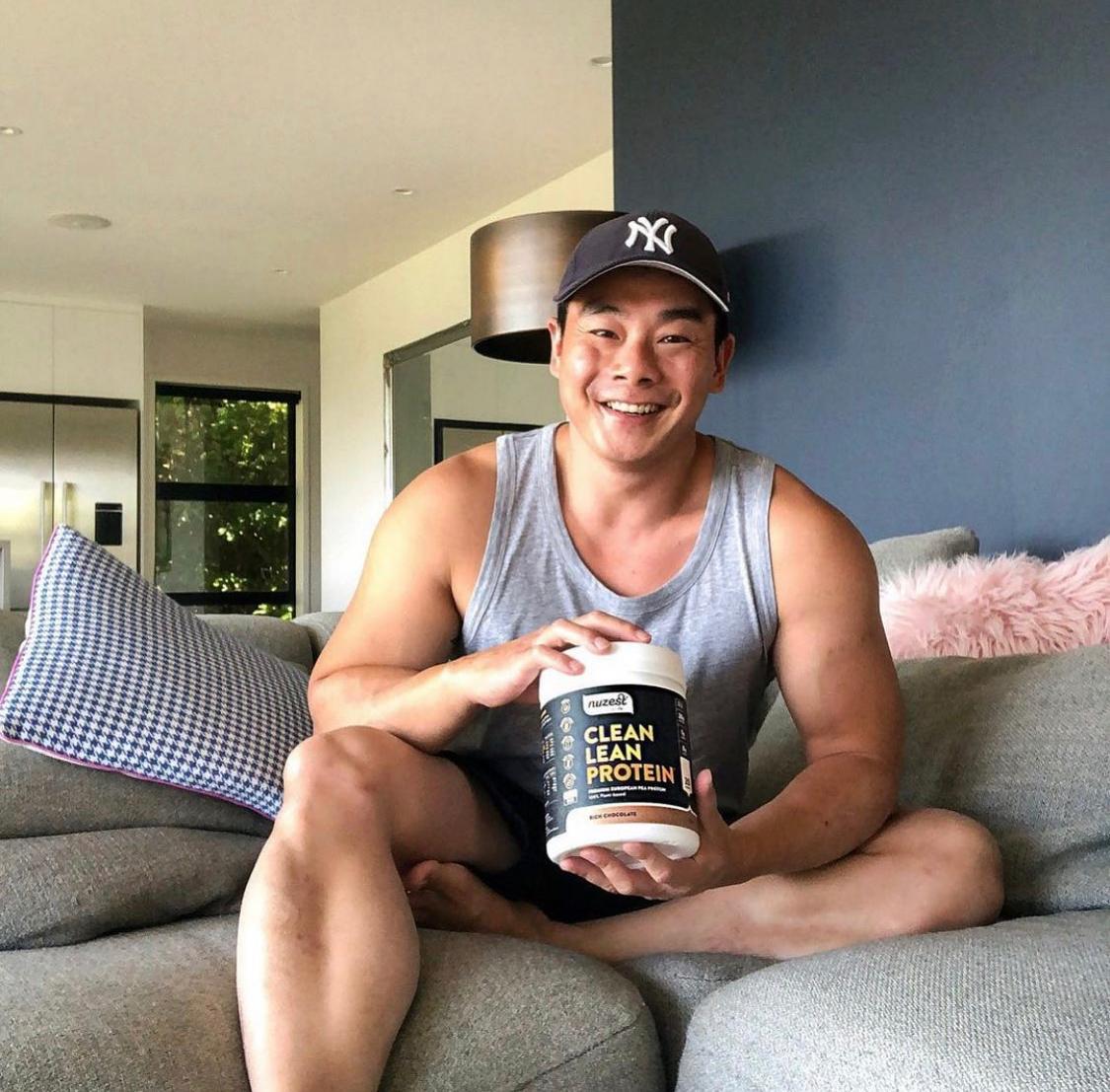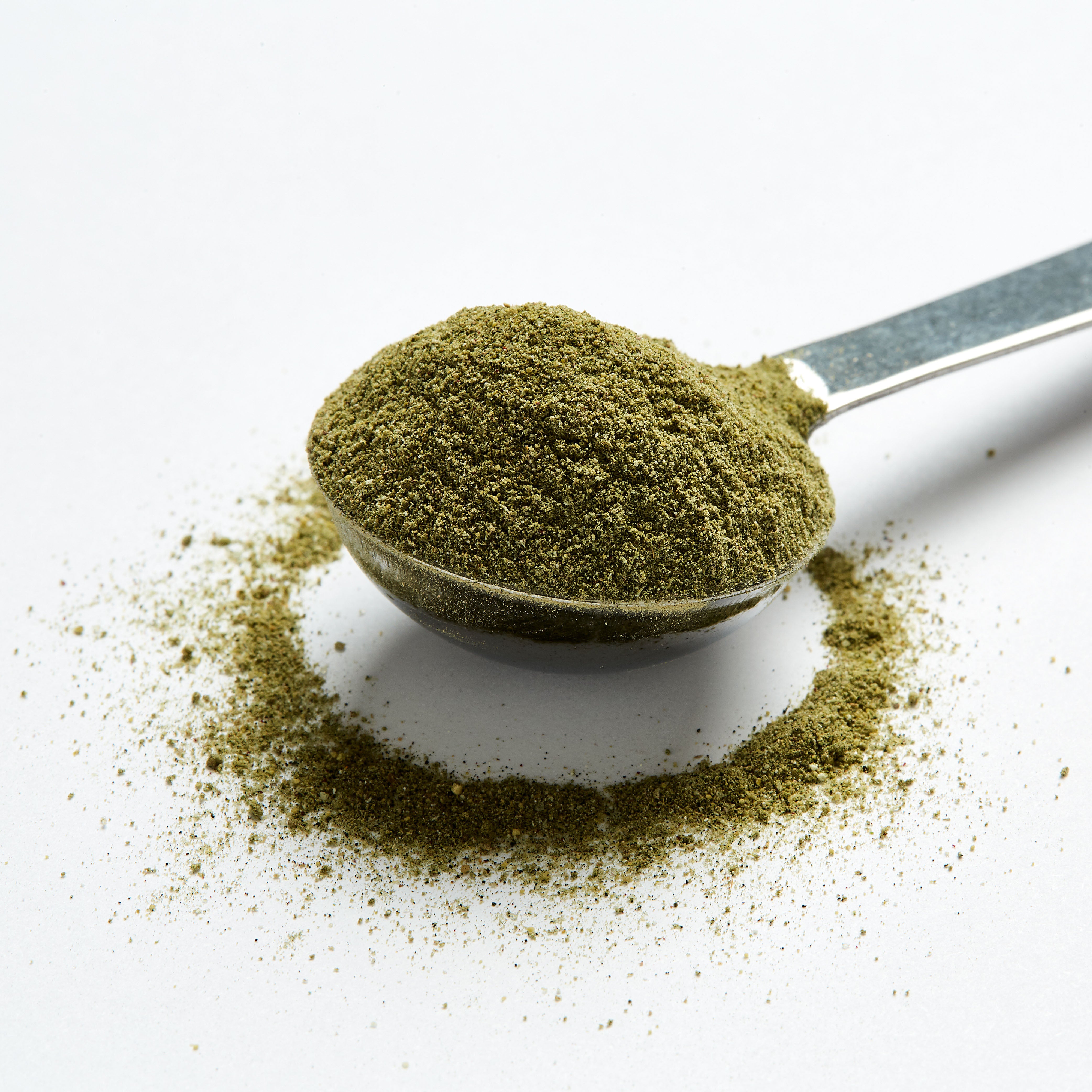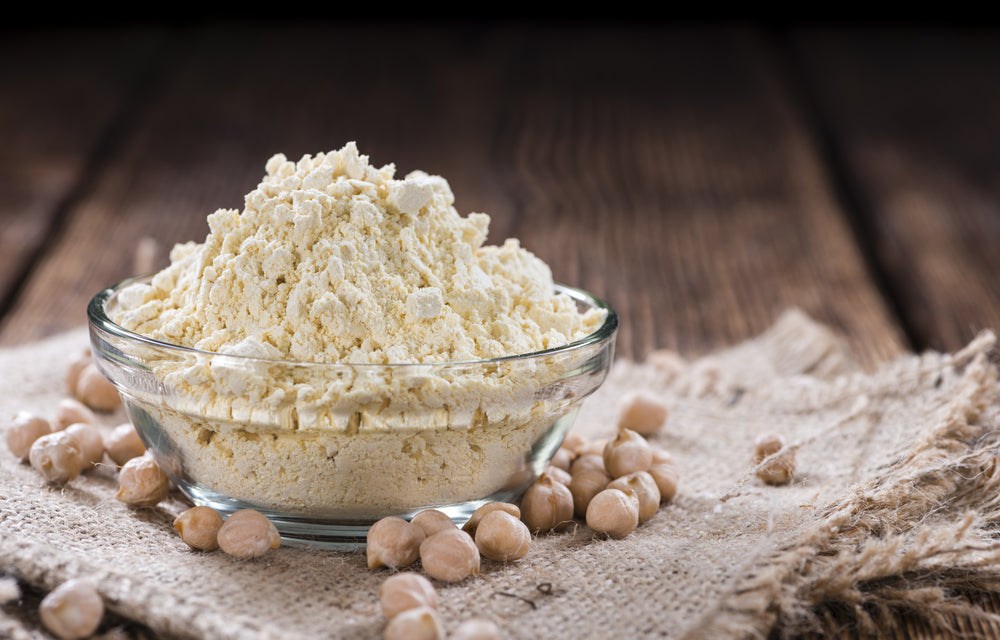You knew it was going to happen sooner or later. When your age catches up with you, it may seem there's no turning back. But there's still much you can do. Start by taking care of yourself. You could not imagine the difference it will make. In this article, we will show you how is it still possible to regain your mobility and reduce many health risks by just being a little more active. What can you do? Is there any exercise suitable for you?
Struggling with age and your knees
As the years go by, we all start developing mounting health problems. After changing your metabolism, it is likely you won't have the same appetite as you did before. Your energy levels are not the same, and you start experiencing these back problems, faltering knees, joint pain, and much more. Some older adults would even experience a wasting syndrome called sarcopenia when they lose a massive proportion of muscle mass.
All of these problems in the musculoskeletal system make this population susceptible to elderly falls. Since bone density is affected as well, fractures become more likely as we age, and the healing rate starts faltering. As a result, we may even become afraid of physical activity and decide not to move to prevent falls.
However, what you might not know is that your increasing difficulty to get off your seat and your continuous knee pain are probably be the sign that you need to get yourself moving.
Exercise for all ages, even for seniors
Is exercise appropriate for seniors? The short answer is yes, and it might be the solution to many of their problems. According to studies, being afraid of physical activity makes seniors at a higher risk of falling and sustaining fractures compared to their counterparts who exercise regularly.
So, exercising is not only for younger people who can climb, jump, run, and do push-ups without a problem. It is meant for everybody, including people with knee pain and seniors with low energy levels.
If you're an adult starting to experience musculoskeletal problems, start exercising by walking around your block, performing a couple of sit-ups and lifting light weights. Do not underestimate post-workout soreness and progress in your training only when you have mastered your current training protocol without feeling pain. Combine aerobic and aerobic exercise to speed up your metabolism, reduce excess fat, and lubricate your joints, and report any inconvenience to your doctor.
But what about seniors? A good exercise program for seniors should consider their level of mobility and current health issues. However, an excellent place to start is walking around the house and starting longer walks only if they feel confident enough. Weight training is only appropriate after mastering bodyweight training. In most cases, it is not necessary to add extra weight if you're trying to reduce the risk of elderly falls and increase bone mineralization. As we mentioned before, if you have any concern or health problem, do not hesitate to ask your doctor.
So, what are you planning to do if you get stuck in your seat yet again? Are you staying still and giving up? Get your body moving instead and reduce your health risks while you're at it. You won't feel more tired but energetic instead, and you will improve your mood and relieve stress.
References:
Abyad, A., & Hammami, S. O. (2017). Fear of falling in the elderly an emerging syndrome. Middle East Journal of Age and Ageing, 14(3), 16-25.
Gonzalo‚ Encabo, P., McNeil, J., Boyne, D. J., Courneya, K. S., & Friedenreich, C. M. (2019). Dose‚Äêresponse effects of exercise on bone mineral density and content in postmenopausal women. Scandinavian journal of medicine & science in sports.
Fransen, M., McConnell, S., Harmer, A. R., Van der Esch, M., Simic, M., & Bennell, K. L. (2015). Exercise for osteoarthritis of the knee: a Cochrane systematic review. Br J Sports Med, 49(24), 1554-1557.



















































